History of the Rog factory building
The history of industrial activity in this area dates back to 1871, when Ivan Janesch bought a pasture land in the Šempeter suburb and in 1879 built a single-storey brick factory building, about 120 metres long and 8.5 metres wide, which was the largest in Ljubljana at that time. In 1882, his son Ivan Janesch Jr. added one floor to the smaller tannery and expanded production to include the manufacture of leather goods. At the end of the 19th century, the factory employed up to 100 workers.
The suburb of Šempeter has always been inhabited mainly by leatherworkers, tanners, torch makers and dyers, i.e. craftsmen who had no place within the city walls because of the harmful substances used in their work. In 1900, the factory was bought by the leather wholesaler Karl Pollak, who enlarged and modernised it. Following a patent by the French engineer Francois Hannebique and based on plans by the structural engineer Alois Král, the factory was extended by three floors with the characteristic longitudinal and transverse concrete connections. The first reinforced concrete factory building in Ljubljana, with a very long and narrow building and numerous glazed areas, was designed to maximise the natural light in the production areas.
Bicycle and typewriter factory Rog
During the economic crisis, around 1930, the company got into financial difficulties due to over-indebtedness and went into receivership of the City Savings Bank. In 1938, the factory was taken over by a new company, Indus d.d., which was transferred into state hands in 1945. At that time, the Rog bicycle and typewriter factory was operating in the Vič neighbourhood, but due to increased production it soon became too small, so the Ljubljana Council of Industry assigned them the factory premises of the former INDUS leather factory. The factory continued to operate in the area until the 1990s, ending the authentic use of the building. From 1991, when production in the building was abandoned, until 2002, when the Municipality of Ljubljana bought the building, there were reflections and discussions about the future of the area. What was common to all the discussions was that the area should be used for public programmes. The central building of the Rog factory complex has been declared a cultural heritage site by the Ordinance on the Protection of the Poljane and Šempeter Suburbs and is one of the last surviving quality examples of old industrial architecture in Ljubljana. The revitalisation is an opportunity to re-evaluate a typical industrial building with important elements of the technical heritage of the old factory, which will serve new purposes after the renovation.
Images from the factory
-
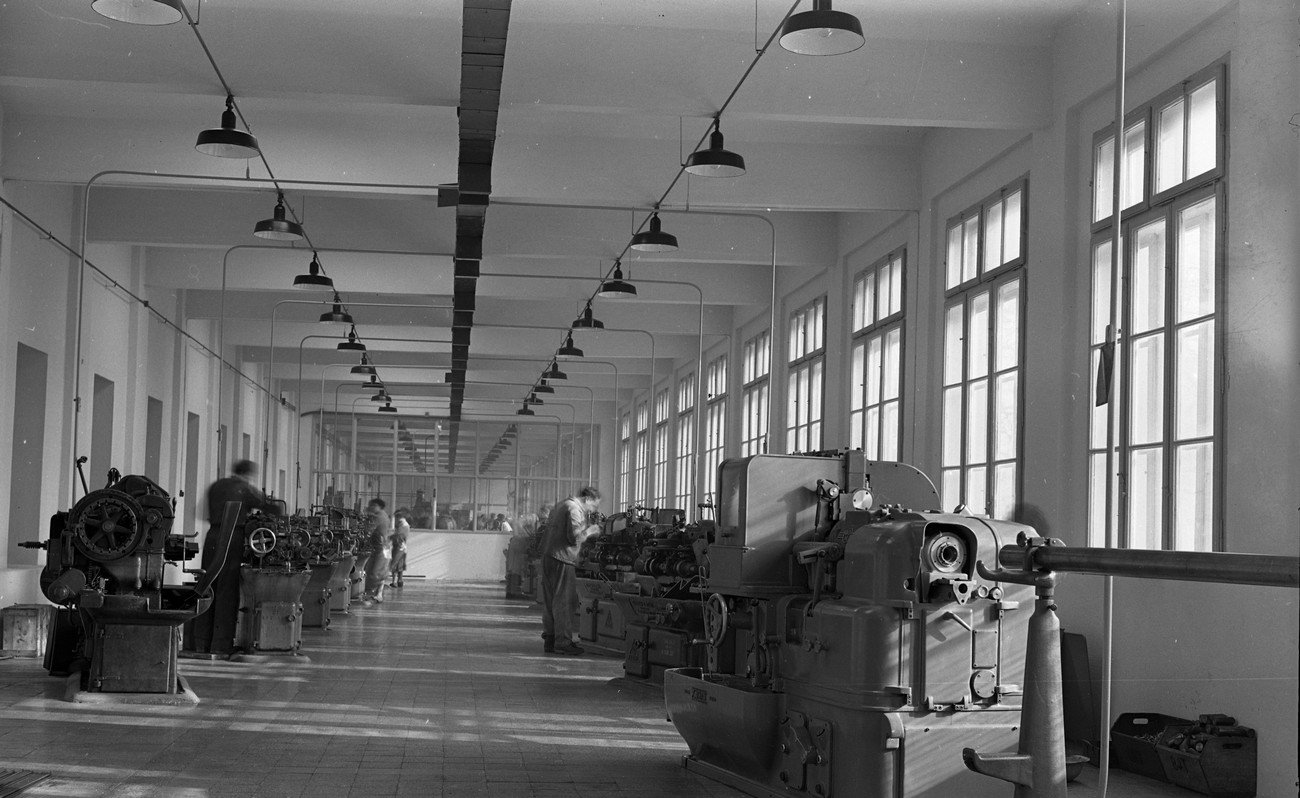 Rog Bicycle Factory. Ljubljana, November 1953. Photo: Milan Pogačar, kept at: National Museum of Contemporary History of Slovenia
Rog Bicycle Factory. Ljubljana, November 1953. Photo: Milan Pogačar, kept at: National Museum of Contemporary History of Slovenia -
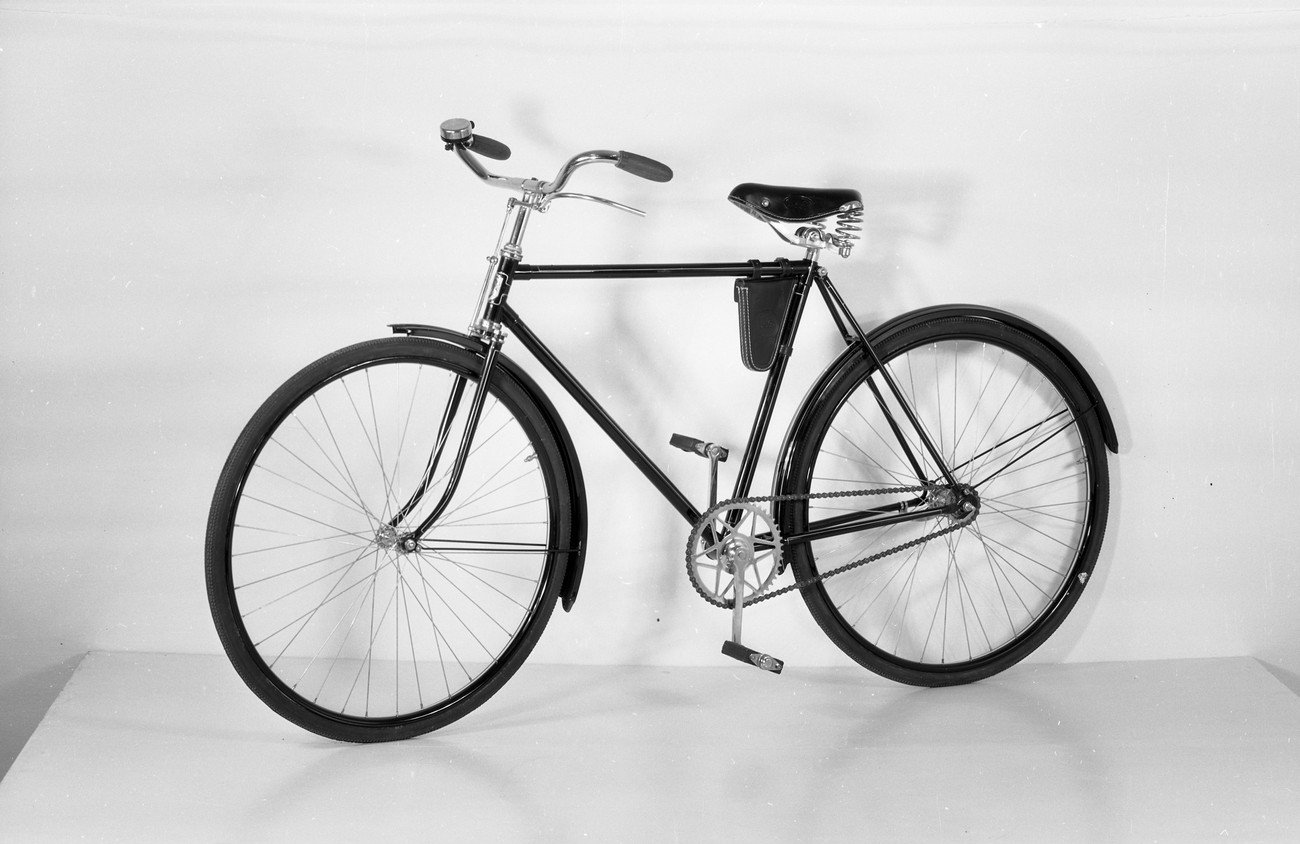 Rog Bicycle Factory. Ljubljana, February 1954. Photo: Božo Štajer, kept at: National Museum of Contemporary History of Slovenia
Rog Bicycle Factory. Ljubljana, February 1954. Photo: Božo Štajer, kept at: National Museum of Contemporary History of Slovenia -
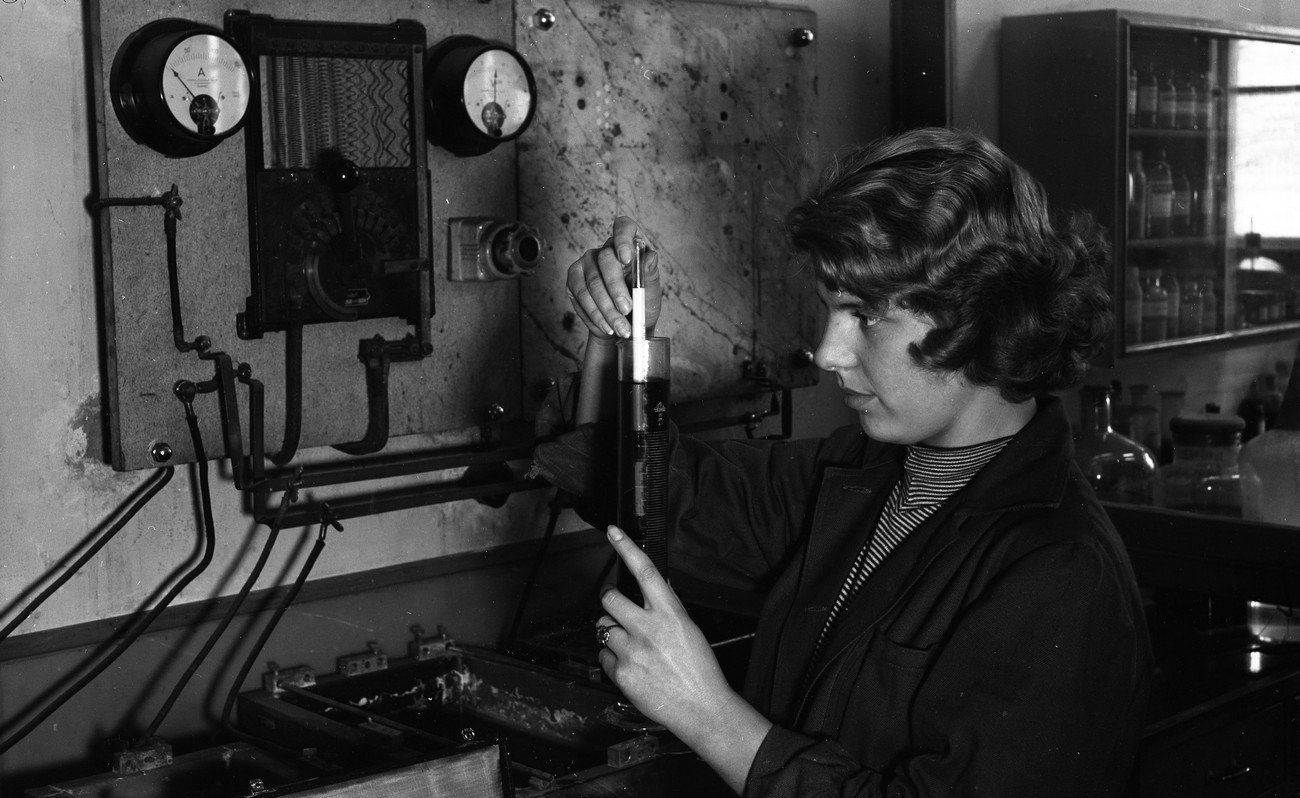 Rog Bicycle Factory. Ljubljana, December 1956. Photo: Milan Pogačar, kept at: National Museum of Contemporary History of Slovenia
Rog Bicycle Factory. Ljubljana, December 1956. Photo: Milan Pogačar, kept at: National Museum of Contemporary History of Slovenia -
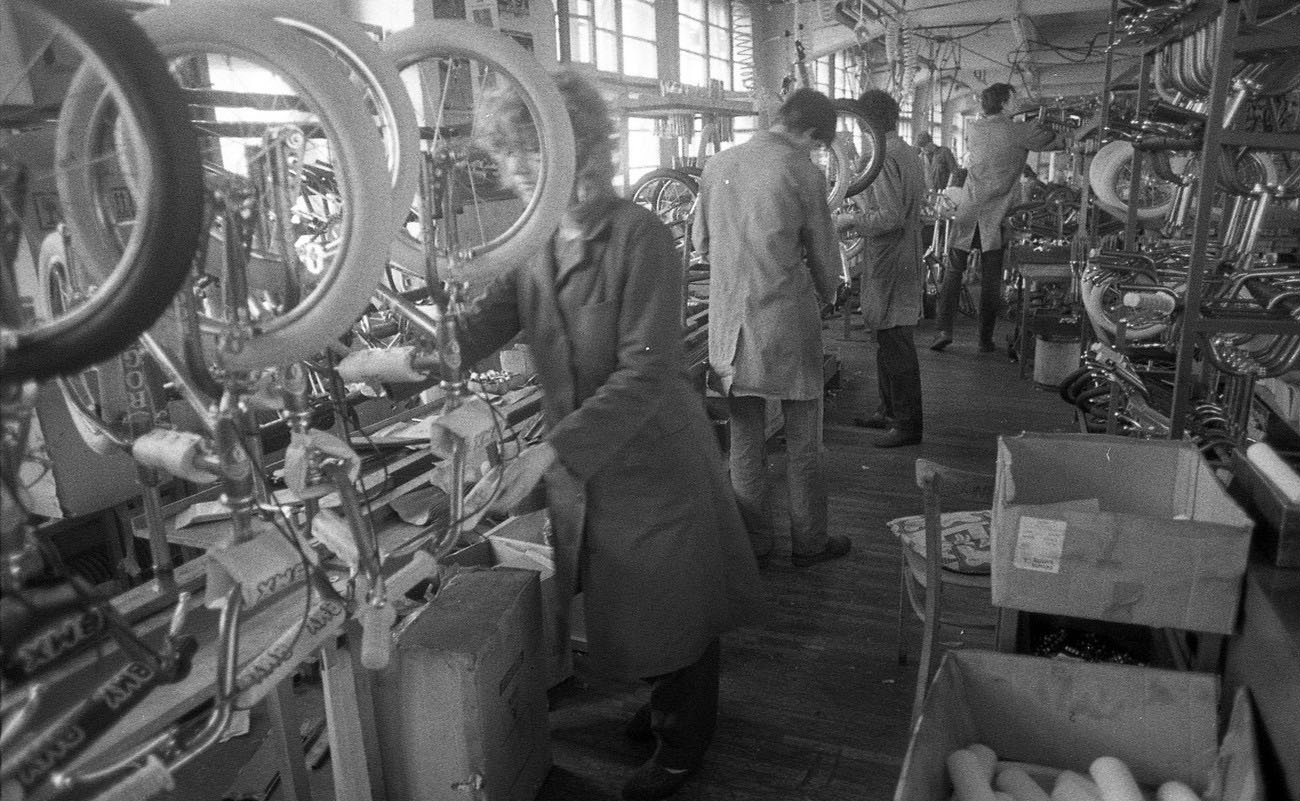 Rog Bicycle Factory. Ljubljana, February 1986. Photo: Janez Bogataj, kept at: National Museum of Contemporary History of Slovenia
Rog Bicycle Factory. Ljubljana, February 1986. Photo: Janez Bogataj, kept at: National Museum of Contemporary History of Slovenia -
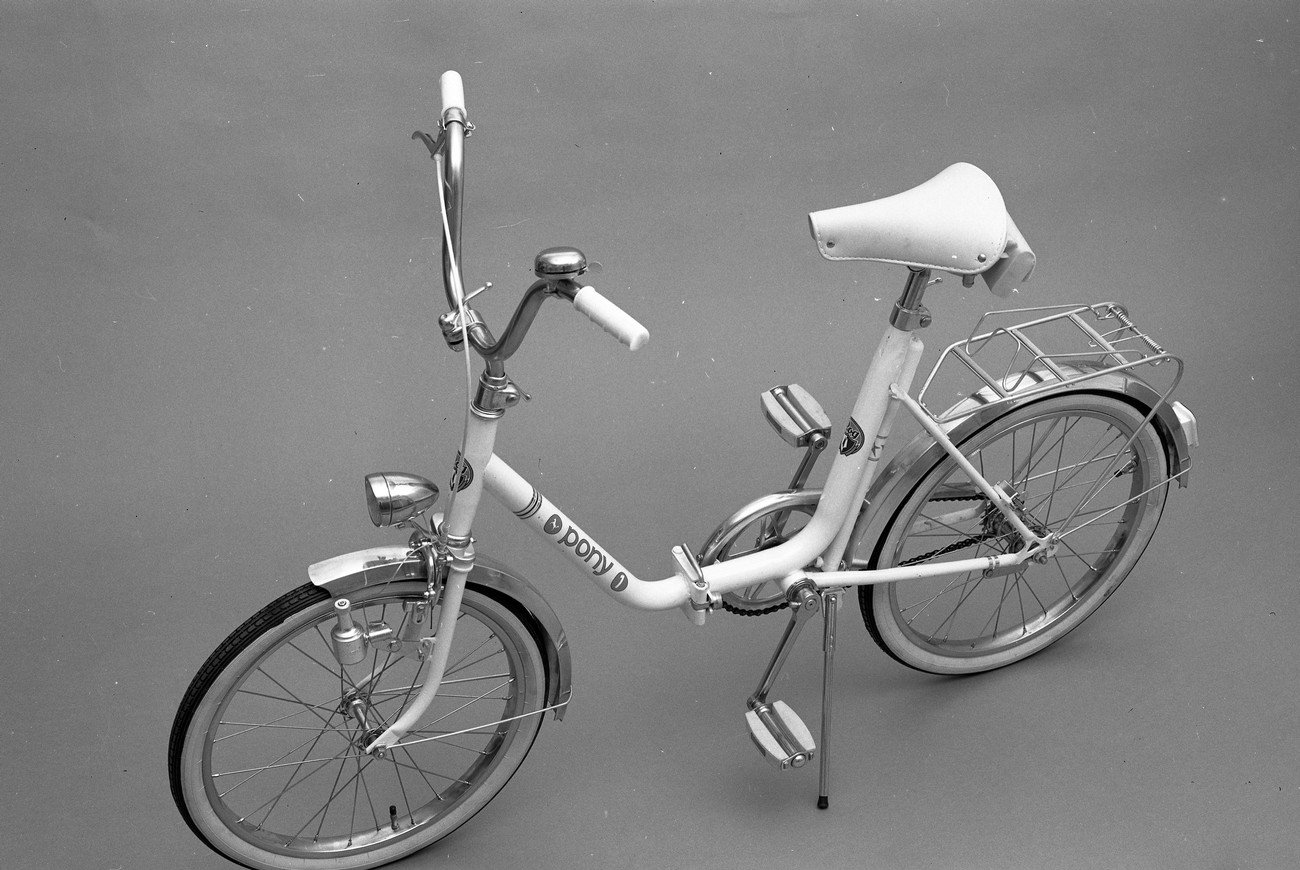 Rog Bicycle Factory. Ljubljana, February 1971. Photo: Rudi Paškulin, kept at: National Museum of Contemporary History of Slovenia
Rog Bicycle Factory. Ljubljana, February 1971. Photo: Rudi Paškulin, kept at: National Museum of Contemporary History of Slovenia -
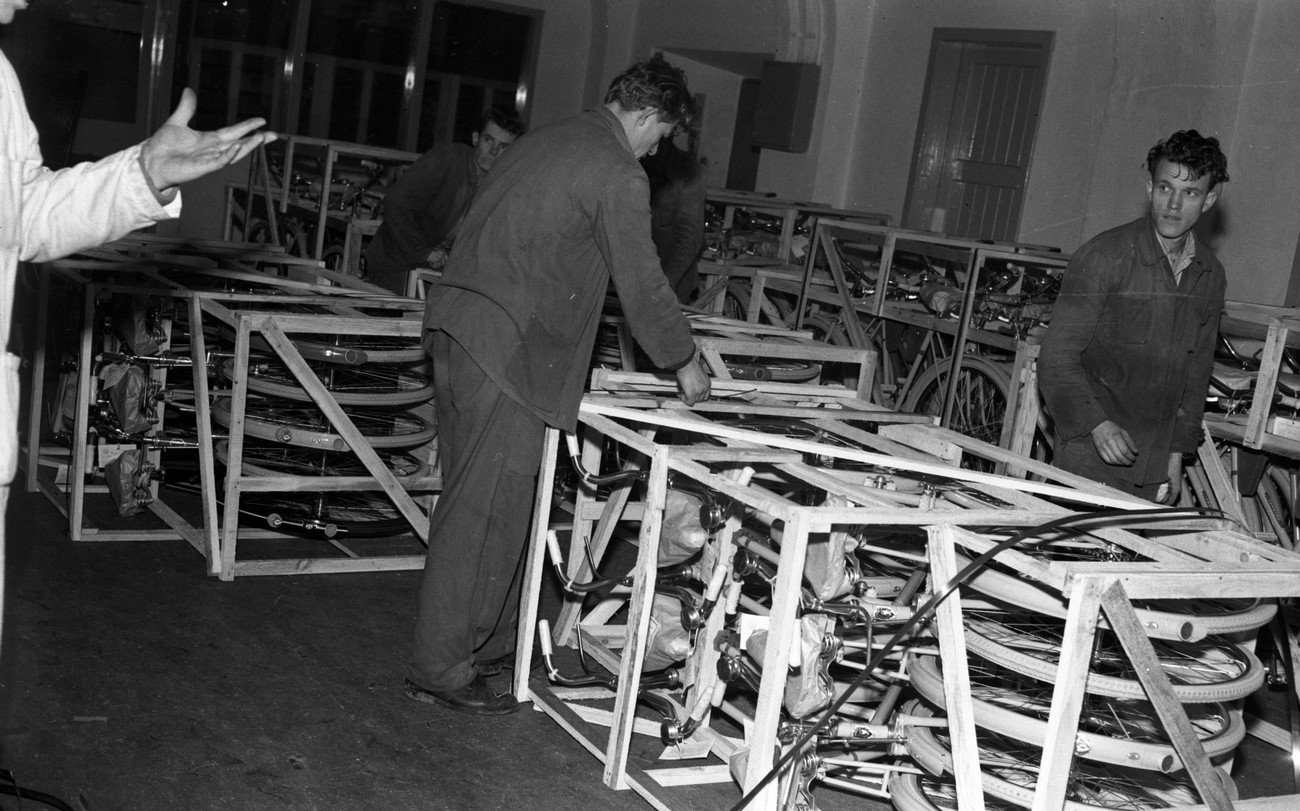 Rog Bicycle Factory. Ljubljana, 1959. Photo: Miloš Švabič, kept at: National Museum of Contemporary History of Slovenia
Rog Bicycle Factory. Ljubljana, 1959. Photo: Miloš Švabič, kept at: National Museum of Contemporary History of Slovenia -
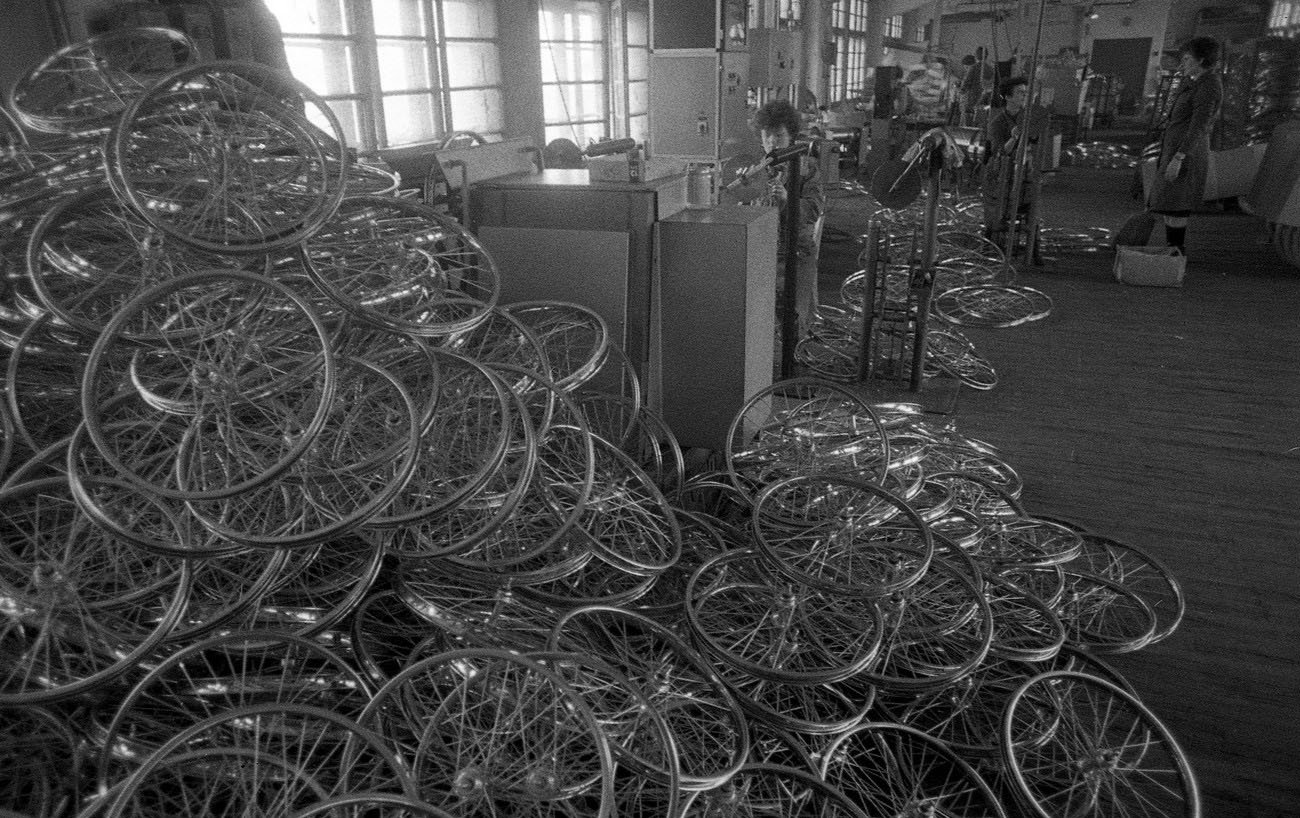 Rog Bicycle Factory. Ljubljana, February 1986. Photo: Janez Bogataj, kept at: National Museum of Contemporary History of Slovenia
Rog Bicycle Factory. Ljubljana, February 1986. Photo: Janez Bogataj, kept at: National Museum of Contemporary History of Slovenia
Development of Center Rog
The development story of Center Rog dates back to 2007, when the Municipality of Ljubljana began the project of revitalizing the Rog factory. Together with a team of experts, they created the initial program concept, which served as the foundation for architectural plans completed in 2008. That same year, the economic crisis delayed the renovation works, and since 2006, the former factory building and courtyard had been occupied by various users. Their numbers fluctuated over the years, and they occupied the deteriorating spaces—without electricity or water—based on an informal agreement with the Municipality of Ljubljana. The city tolerated the use of this highly degraded space as a way to bridge the constant demand for new spaces for creative activities. Over the following years, cultural, artistic, sports, and social activities took place here, many of which left a significant mark on the city. The original plans from 2007 required re-evaluation after the 2008 economic crisis, as they were based on a public-private partnership model that was no longer feasible. From 2010 onwards, a new development team reassessed the plans through a three-year research project called Second Chance, which involved more than 300 stakeholders, including temporary space users, creators, educational and cultural organizations, decision-makers, entrepreneurs, international cultural workers, and neighbors. After a lively and productive debate, which contributed valuable improvements to the plans, the program concept underwent significant changes. The construction of a large exhibition hall and a hotel in the former factory courtyard was dropped, and a new model began to take shape, focusing on creative industries and a shared production space for manufacturing physical objects, where knowledge and ideas could be exchanged. In 2018, the RogLab team received the Eurocities network award for innovation for the Center Rog's development model.
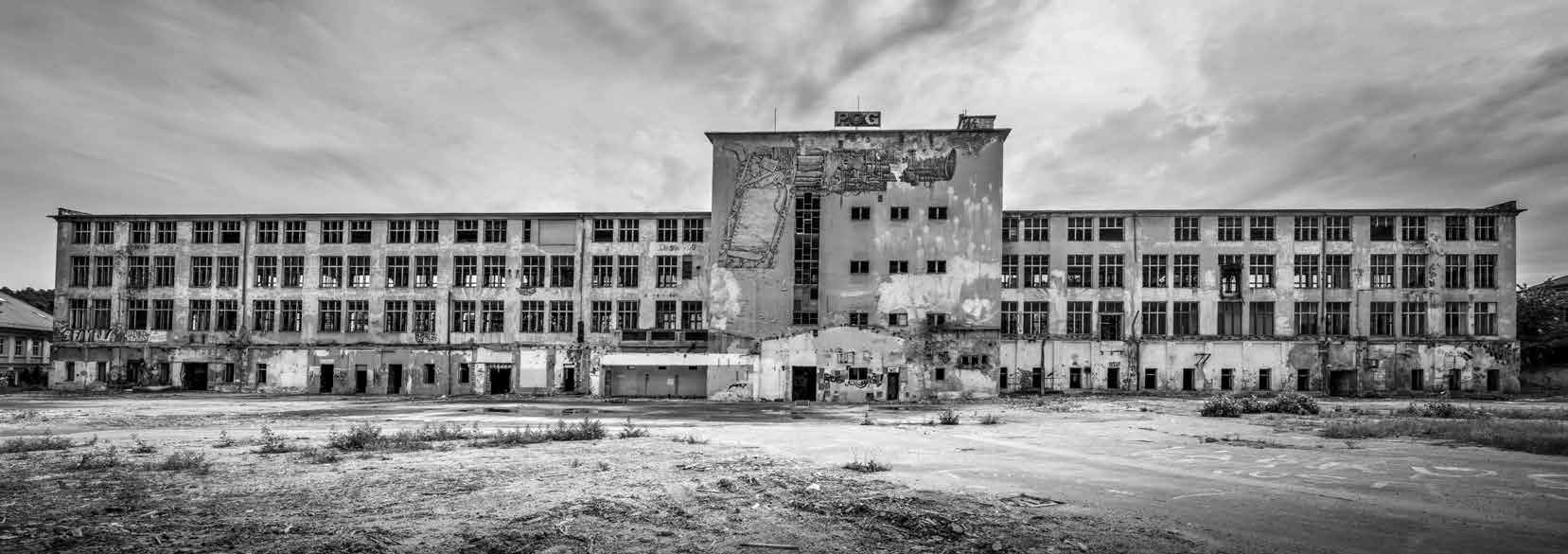
The programme of Center Rog, which has been developed through a broad participatory process since 2010, has been co-created by more than 6000 users, 450 experts and 80 partner organisations from Slovenia and abroad. Since the establishment of the public institution, we have a permanent open call for partner organisations, as well as public and invited calls for focus groups and working groups. In the last year alone, more than 200 individuals and organisations have participated. The development process of the Center Rog shows that bottom-up challenges can be integrated into policy debates, stimulating innovation and real change.
Since around 2013, the space has been occupied by a second generation of temporary users who rejected the concept of temporary use and demanded the factory space for permanent use and exclusively on their own terms. As mediation between these temporary users and the Municipality of Ljubljana was unsuccessful, a court case was initiated in 2016 and concluded in 2019 in favour of the Municipality of Ljubljana. The latter subsequently asserted its ownership rights through legal means, took over the building and opened the construction site for the immediate start of the renovation.
In May 2021, the Municipality of Ljubljana established a new non-profit public institution, Center Rog, to continue the development process in close cooperation with stakeholders. In the first phase of its existence, the new public institution is responsible for the implementation and coordination of the programme design with the complex process of renovating the protected cultural heritage building. In autumn 2021, inventories of the equipment and uses of the joint production laboratories were drawn up in cooperation with 52 stakeholders who joined the project through an open call and direct invitations. From November 2021, the Center Rog led the development project Shared Spaces - Shared Futures, which culminated in an international conference in June 2022. Five working groups focused on important areas that we want to integrate into the future work of the Center Rog: participatory budgeting and co-determination in a public institution; developing tools to support the cross-sectoral creation of socially useful products; the shared use of green spaces; the inclusion of migrants and refugees; and the development of a Gender Equality and Diversity Plan (GEDP). The key guidelines and actions developed will be implemented by the Center Rog in the form of pilot projects, and will be refined on the basis of users' feedback.
We launched Center Rog in November 2023, when we also welcomed the first generation of creative teams, who are developing their new products in the project studios. On the ground floor, there is a makespace of 9 different labs, with a wealth of technological equipment - from traditional tools to the most advanced techniques. Amateur makers as well as professional designers can work and seek additional know-how and skills here. With our offer, programmes and space, we are filling an important gap in the creative sector, not only locally but also regionally.
We are happy to see a variety of audiences visiting and using Center Rog, and we will facilitate the future scaling of our institution in the years to come.
